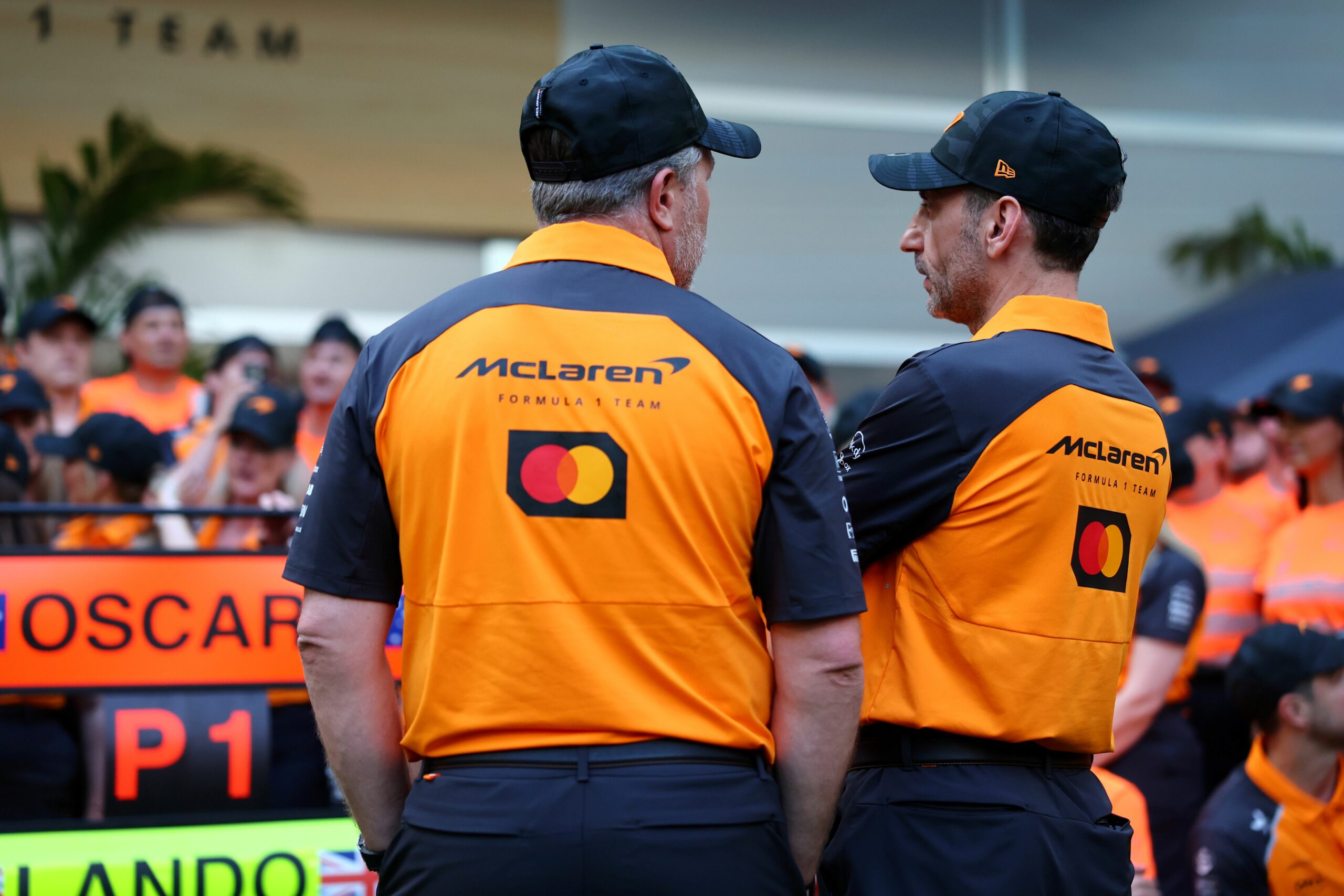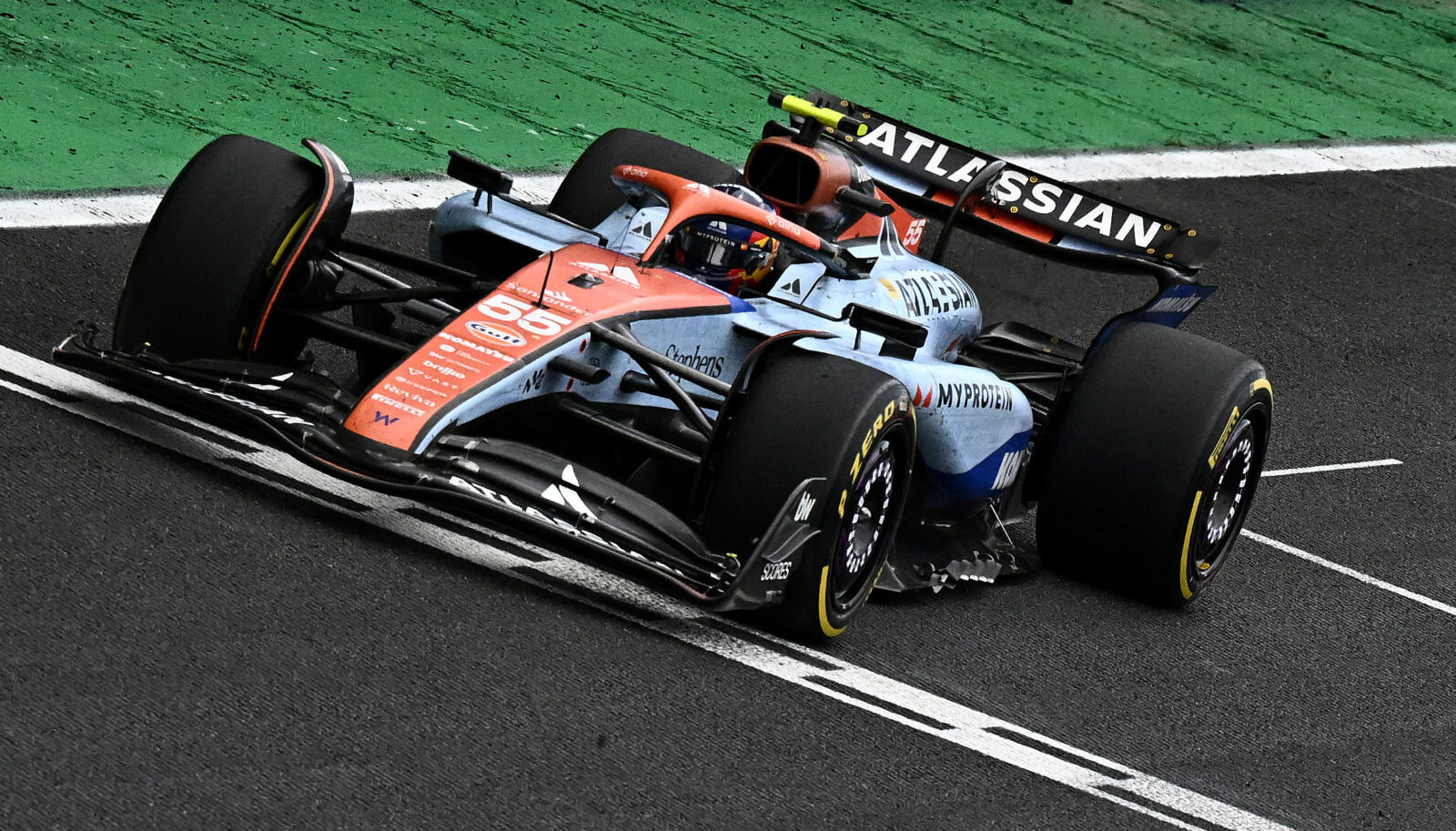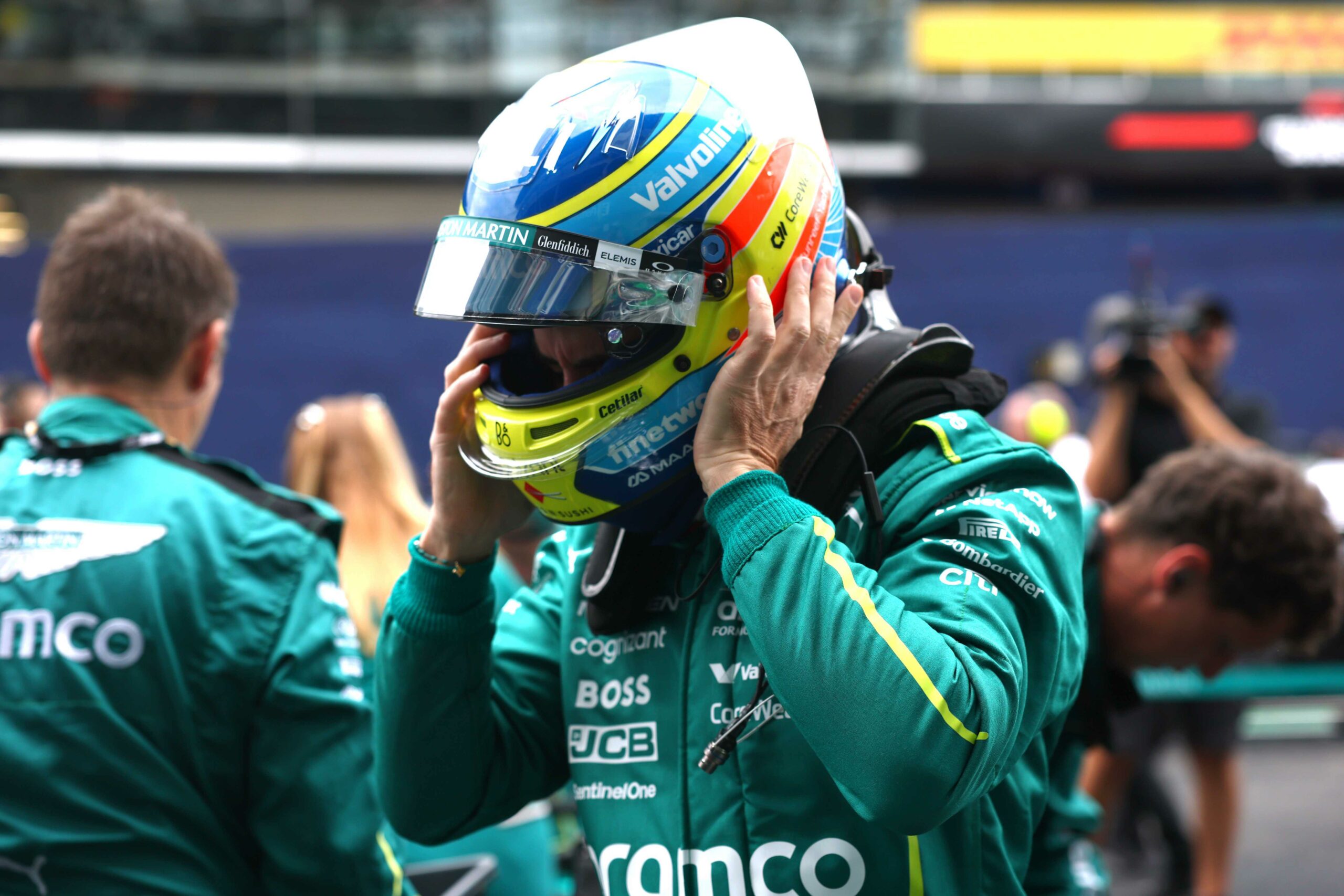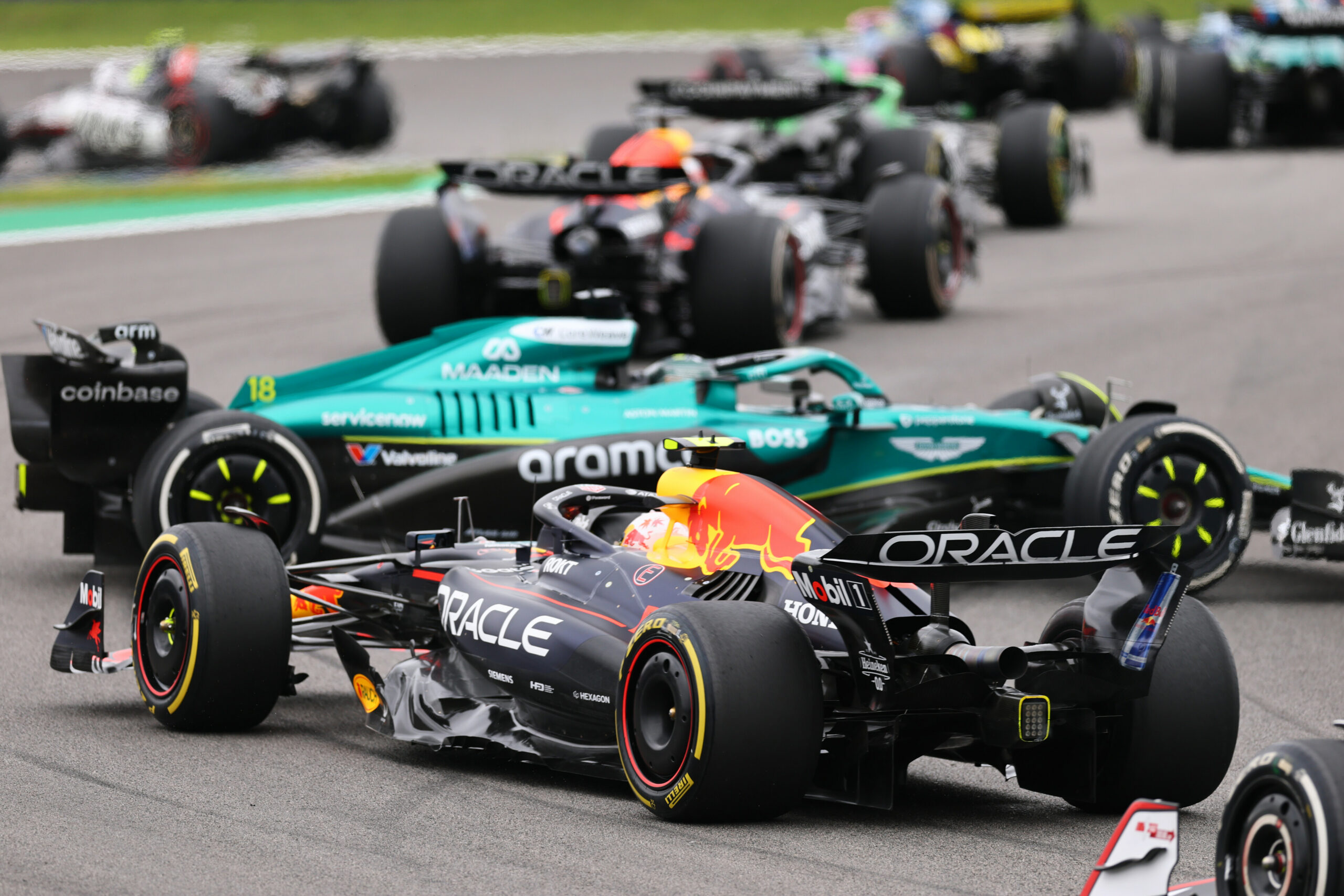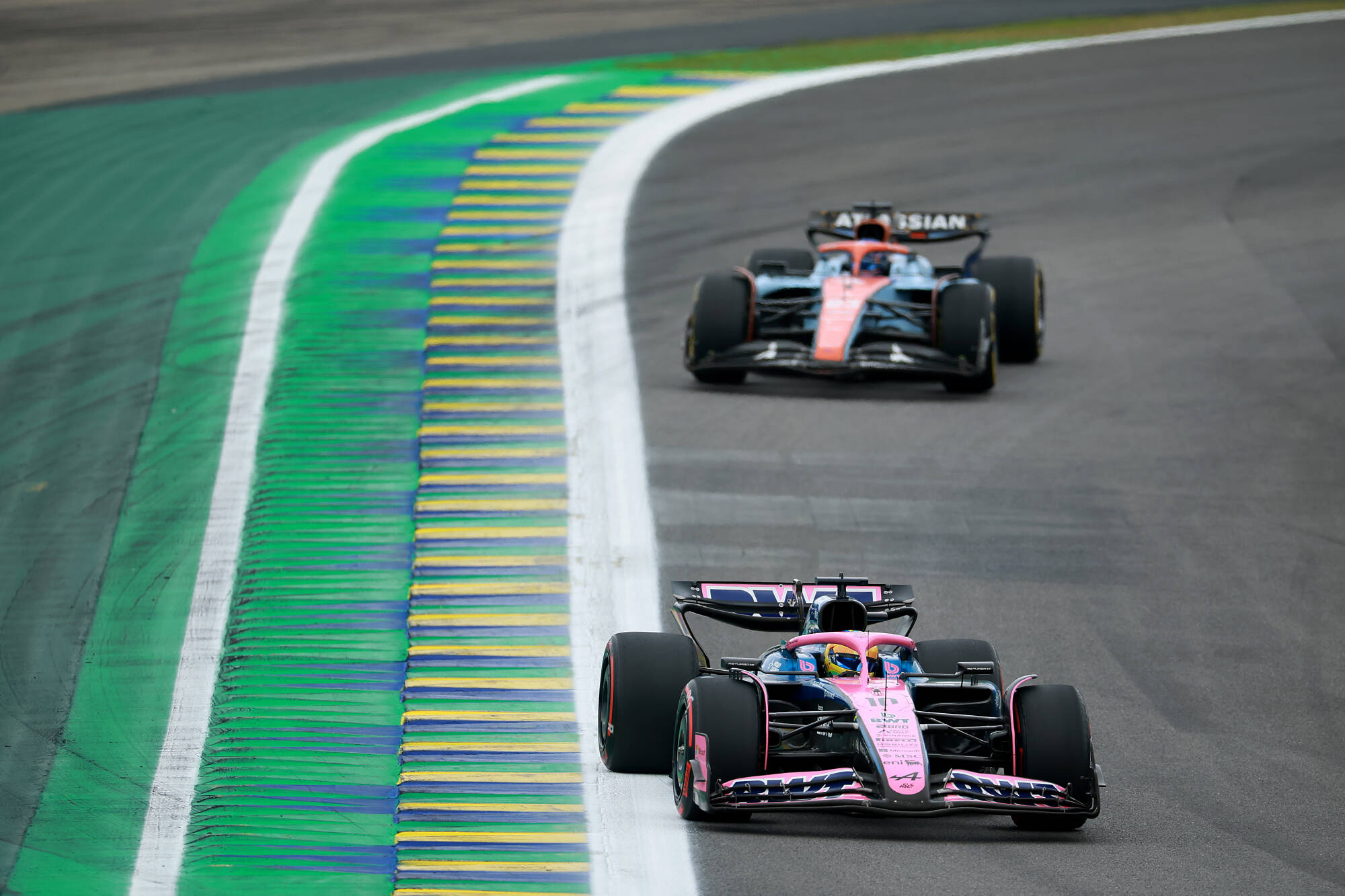With Formula 1 entering a new era of regulations in 2026, McLaren Racing Team Principal Andrea Stella has confirmed that several fundamental aspects of the current MCL39 will influence the design of next year’s F1 challenger. Following McLaren’s dominant 1-2 finish at the 2025 Miami Grand Prix, Stella spoke in his print media session about the team’s long-term vision and the lessons they intend to carry forward.
Laying the groundwork for 2026
Stella believes that while certain components of the MCL39 will require re-evaluation, the team can still retain and evolve some core concepts. Notably, he emphasised the importance of building upon a solid platform already well-understood under current regulations.
“I think there are some fundamentals that you can carry over. There are some other aspects which are somehow constant evolution and improvement of a platform, like the platform of our car in the current regulations, that we now know very well.”
He further clarified that while some design elements can transfer directly, others would demand careful consideration to ensure their relevance under the upcoming rules.
“But I think some fundamentals in terms of understanding you can carry over into next year’s car. Some other aspects, we will have to understand how do we transfer them from this car to next year’s car.”
Aerodynamic revisions under the new regulations
Moreover, Stella acknowledged that aerodynamic changes would require a fundamental shift in the team’s development approach. Given that the 2026 regulations will introduce new aerodynamic targets and downforce characteristics, McLaren will need to adjust their methodology accordingly.
“Like, for instance, if we consider the aerodynamic aspect, which do influence the behaviour of the tyres, obviously the aerodynamic level of downforce next year and the shape of the map will be completely different.”
As a result, Stella explained that McLaren must work on translating their current aerodynamic understanding to fit the new framework.
“So we will have to think how do we transfer this knowledge that we have accumulated on this kind of regulations onto a set of regulations and aerodynamic levels and maps which will be completely different.”
Nevertheless, Stella remains confident in the McLaren F1 team’s capacity for continuous development, drawing parallels between this upcoming phase in 2026 and the evolution of the MCL39.
“So, some more work to do and I foresee that we will be, with the new regulations, another process of continued improvements like we have seen for us with the current regulations.”
No cause for concern over drivability and tyre use
Turning to the present, Stella also addressed questions regarding the MCL39’s drivability—particularly in light of McLaren’s performance in Miami Qualifying, where they fell short of Red Bull’s Max Verstappen. Despite suggestions that the car’s drivability may have compromised its one-lap pace, Stella dismissed those concerns.
“No, I don’t think this is an issue.”
According to him, while some evolutions of the MCL39 may have affected the way drivers handle the car at the limit, tyre behaviour had not played a negative role.
“I don’t think that there is a correlation between the drivability of the car in qualifying, for instance, relating this to the tyre and the fact that the car uses the tyres very well in the race. I think we know that when it comes to driving the car at the limit, there are some other aspects of the car that we have evolved onto the MCL39 that may have affected the drivability of the car.”
Furthermore, Stella reinforced that cold tyres had not hindered qualifying performance. In fact, McLaren’s performance on the opening corners of a flying lap served to illustrate the opposite.
“But it’s not like we open a qualifying lap and we feel like, oh, the tyres are cold or the tyres are difficult. The tyres are good. The best corner of Lando yesterday was corner one, if that makes sense. So, it’s not the classical situation where we have cars that struggle in qualifying and then they are great in the race.”
The outlook for 2026
As McLaren heads into the seventh race of the 2025 F1 season, they will be increasingly aware of the looming new era set to kick off in 2026. Whether their learnings from the MCL39 will be able to strengthen their 2026 challenger will help their upcoming campaign remains to be seen, but with such a strong contender in 2025, McLaren appears well-positioned to take on the challenge.

